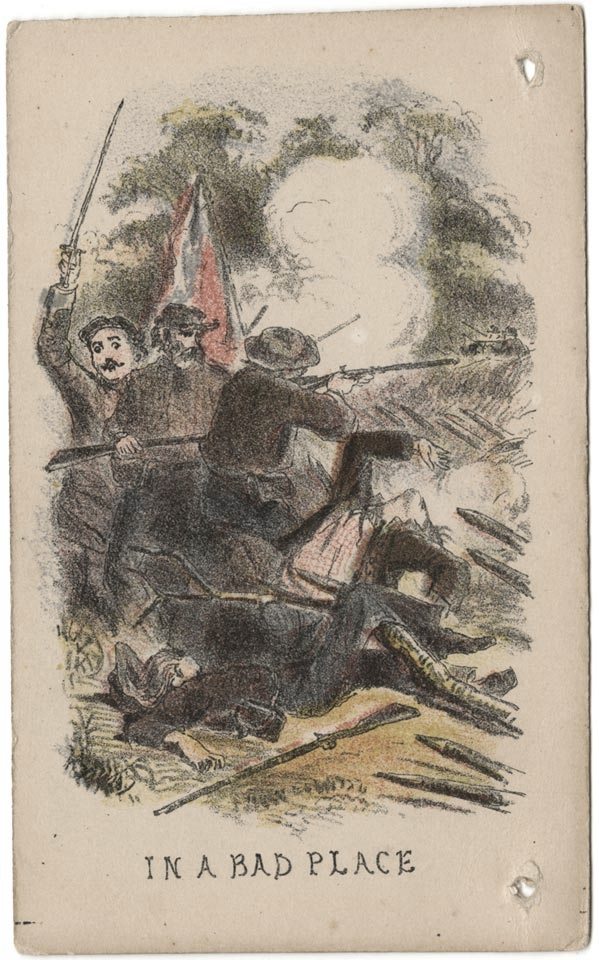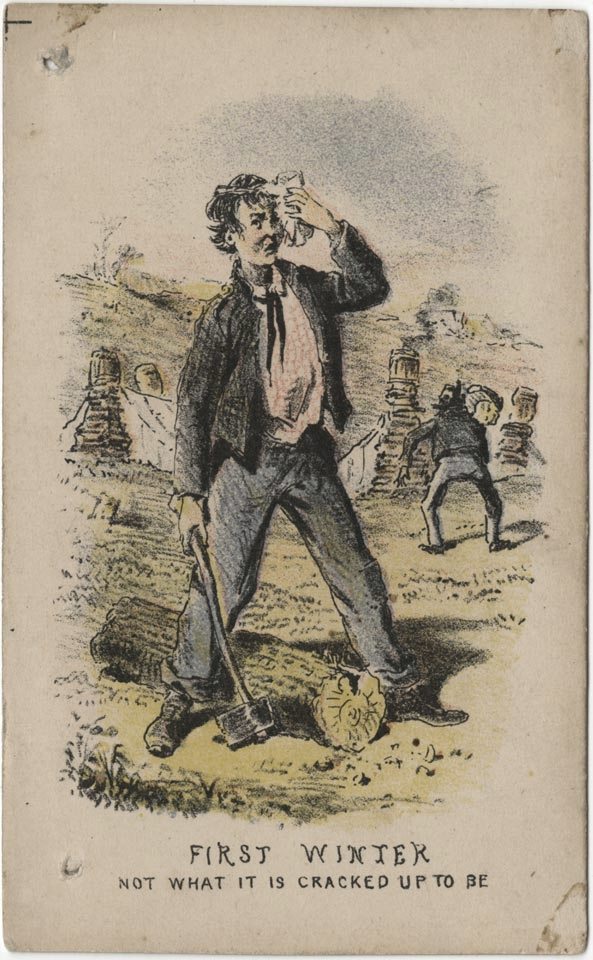Hamblin Studio Photograph Collection
C1: 162
ca.1909–1979
approx. 1,360 glass-plate and film negatives
The Hamblin Studio Collection represents the collective output of four Suffolk photographers working throughout the 20th century. Their photos represents a variety of subjects, including portraiture, sporting events, fraternal organizations, medical facilities, public utilities, local unions, manufacturing plants (in particular Planters Peanuts), and schools, including black private schools and segregated and integrated public schools. As well as being a good general portrait of 20th-century Virginia, the Hamblin Studio Collection is an excellent documentary resource for African American community life in Suffolk.
Note: The collection includes images from the city of Nansemond prior to 1974, when it merged with the independent city of Suffolk.
Arrangement and access:
The entire collection is available through the Library’s online collections searchable by keyword and date.
Related resources and collections:
C1: 163 Hamblin Studio Service Station Photograph Collection
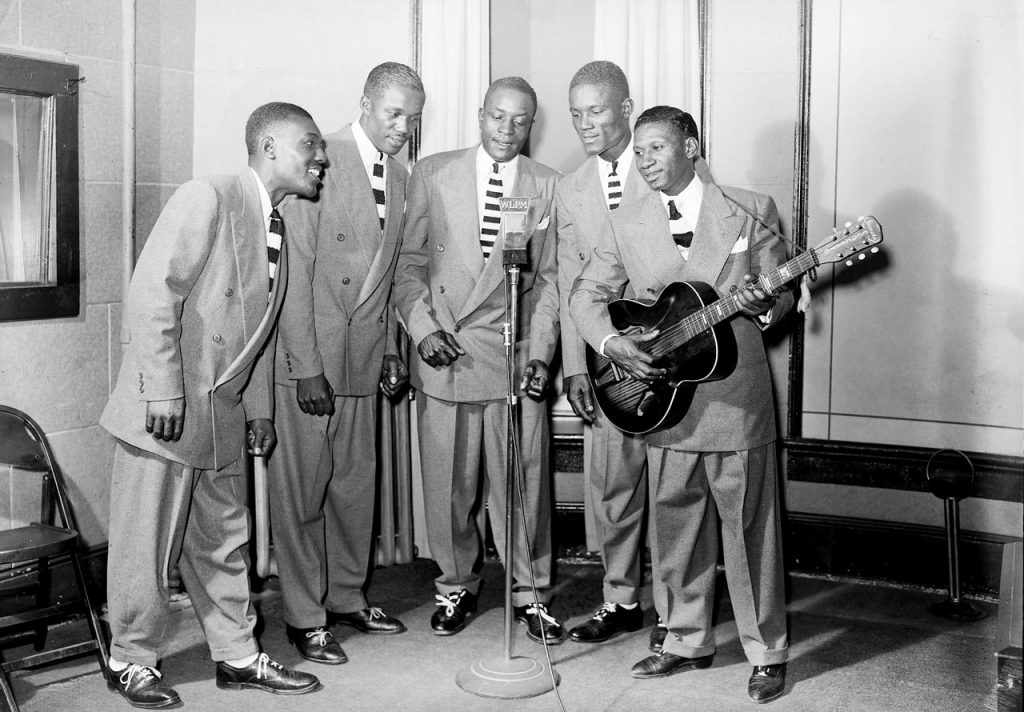
C1:162 Hamblin Studio Photograph Collection. Suffolk Jubilee Quartet, October 6, 1945 (vdlp_suffolk_ng0088) 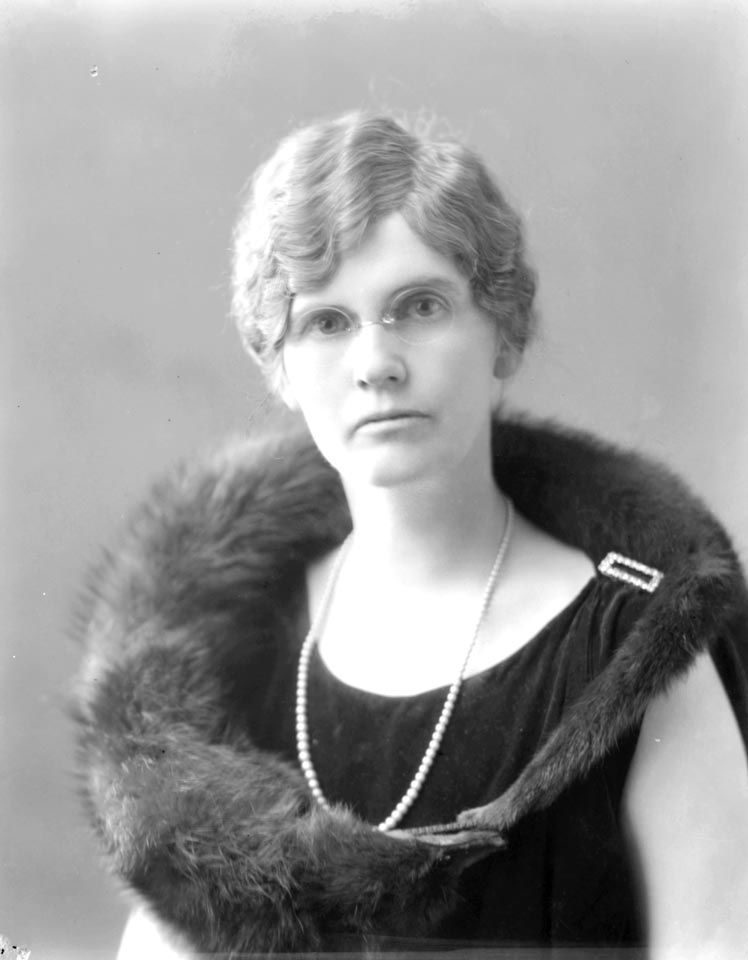
C1:162 Hamblin Studio Photograph Collection. Mrs. Boykins (vdlp_suffolk_ng0256) 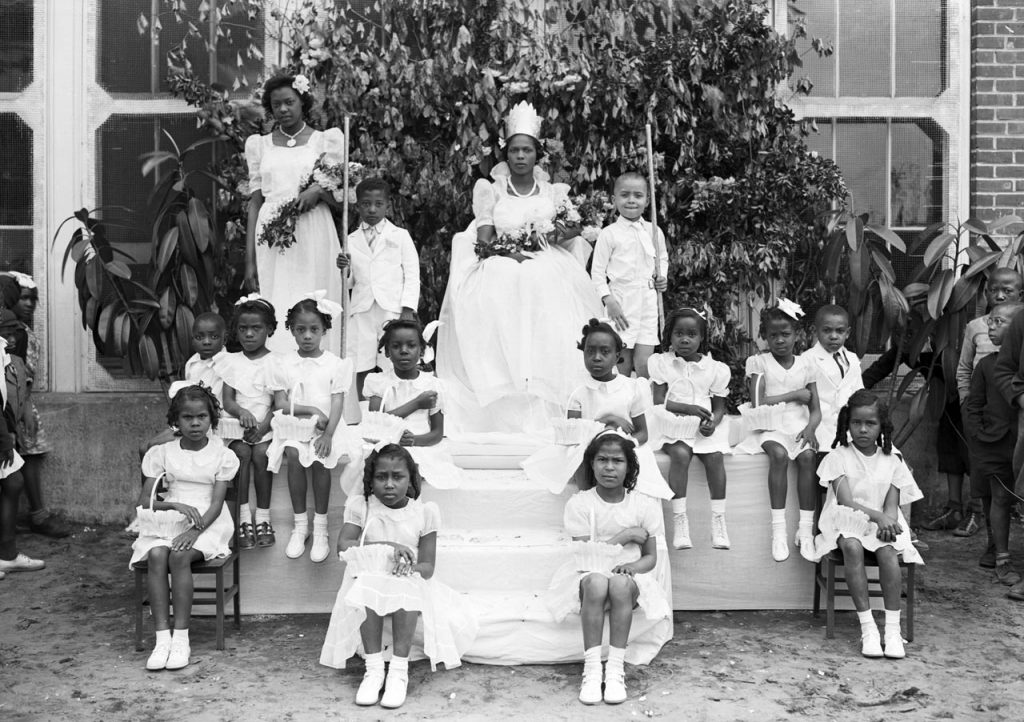
C1:162 Hamblin Studio Photograph Collection. May Queen – Booker T. Washington, May 10, 1940 (vdlp_suffolk_ng0118) 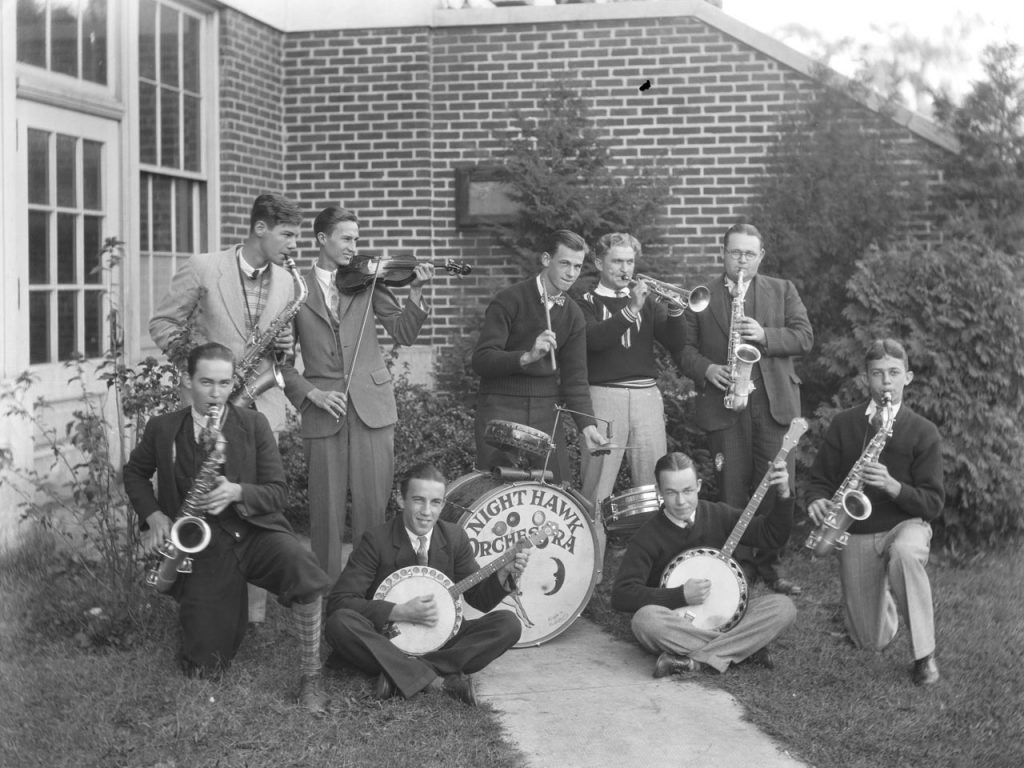
C1:162 Hamblin Studio Photograph Collection. Suffolk High School orchestra (vdlp_suffolk_ng0341) 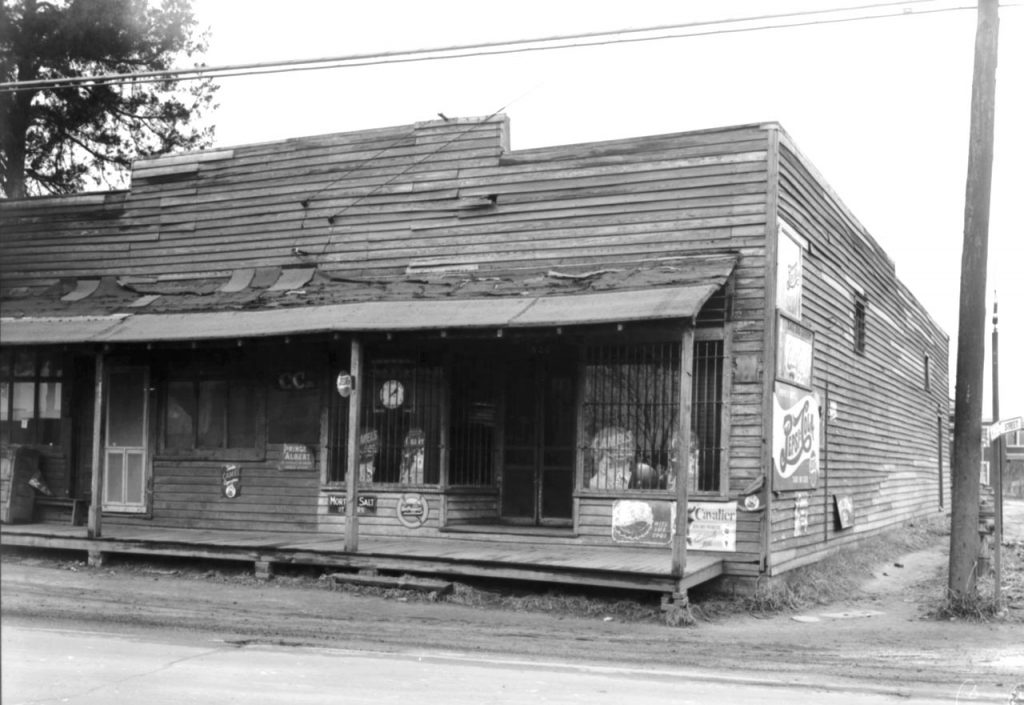
C1:162 Hamblin Studio Photograph Collection. Market – exterior view, January 25, 1951 (vdlp_suffolk_ng0153a) 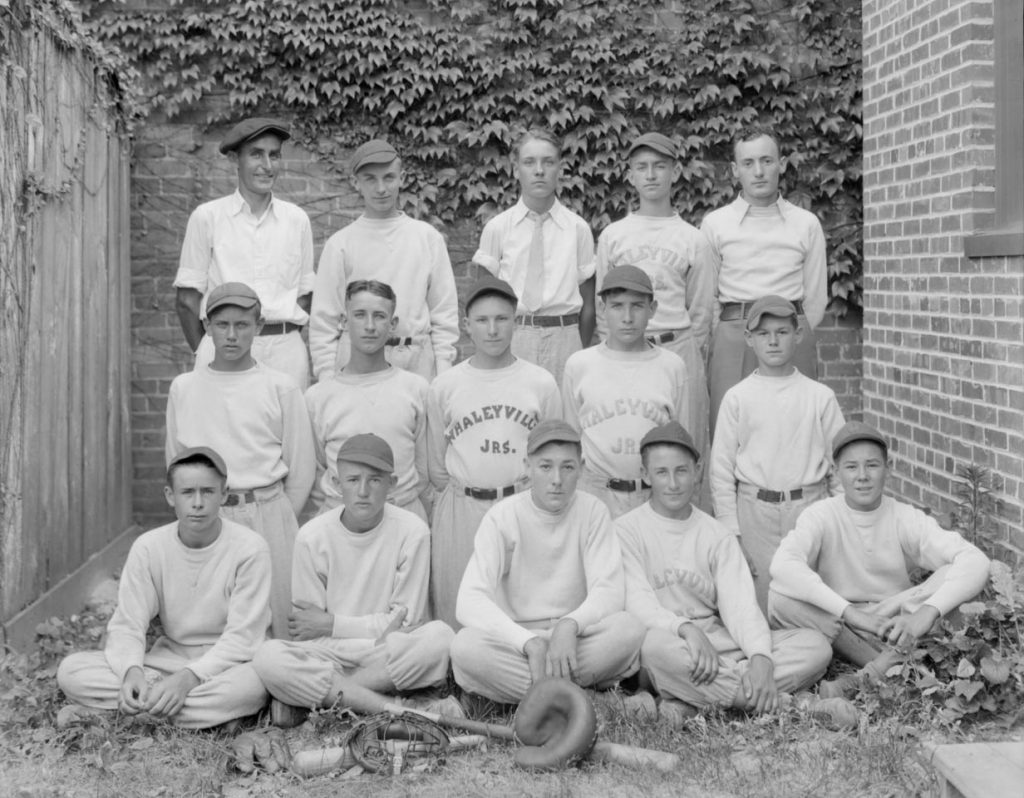
C1:162 Hamblin Studio Photograph Collection. Whaleyville High School baseball team (vdlp_suffolk_ng0285) 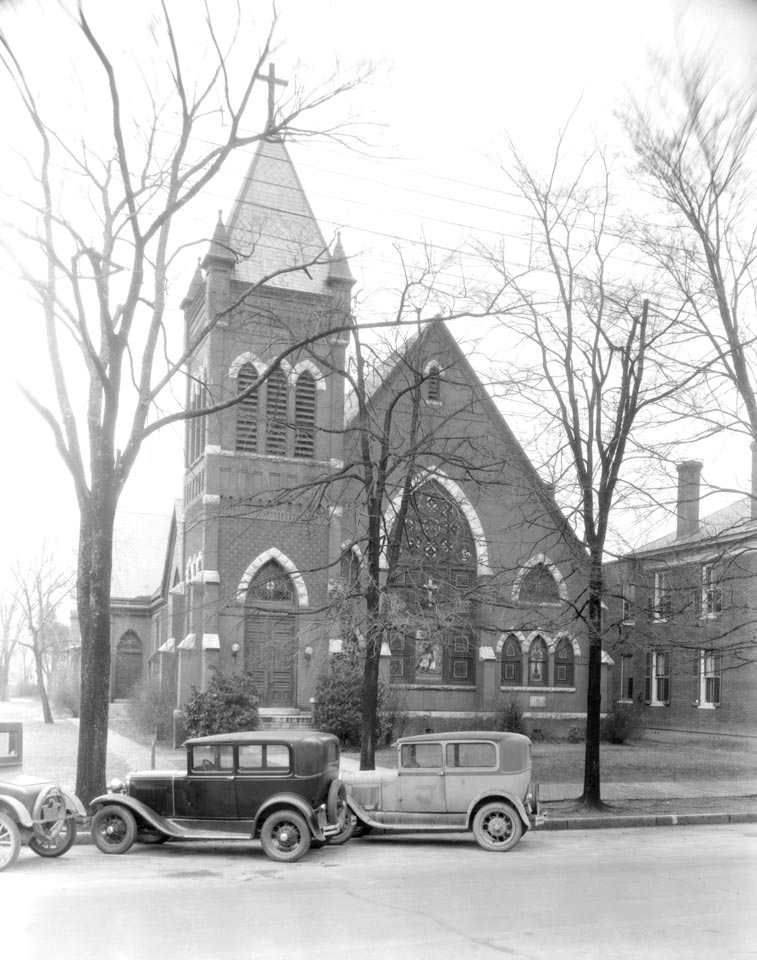
C1:162 Hamblin Studio Photograph Collection. Saint Paul’s Episcopal Church (vdlp_suffolk_ng0300) 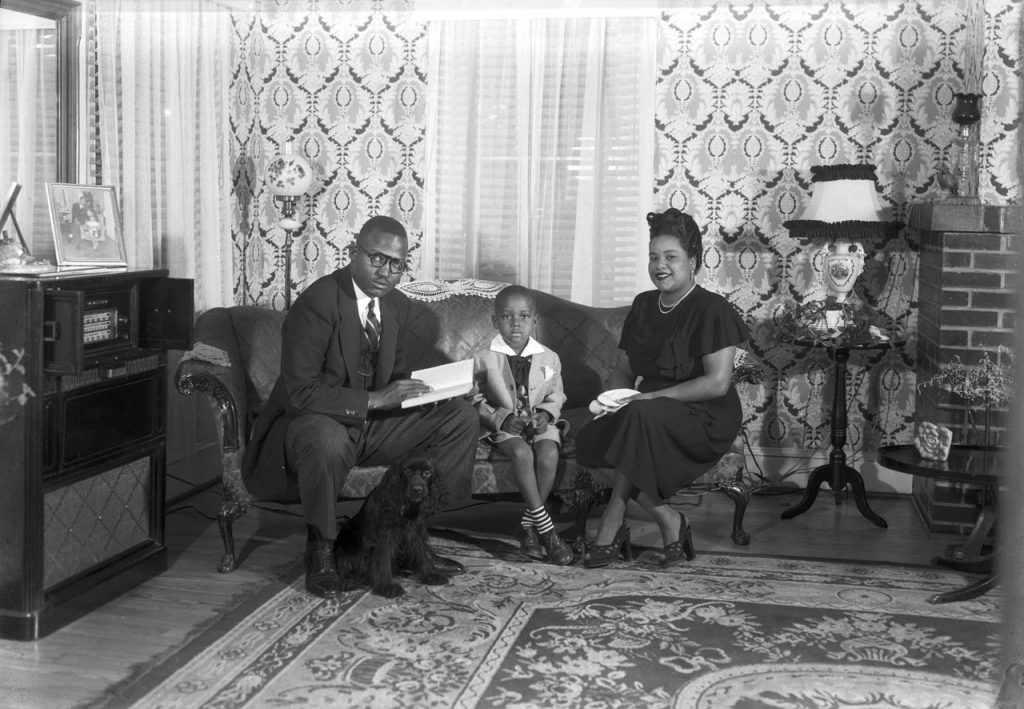
C1:162 Hamblin Studio
Hamblin Studio Photograph Collection Read More »


